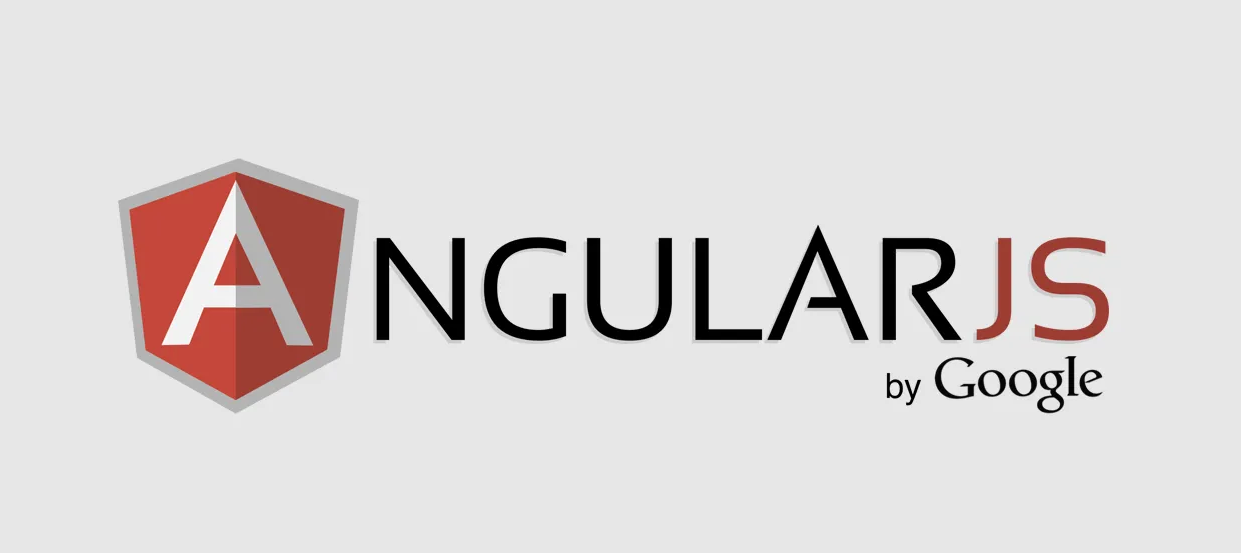In modern web applications, handling forms and validating user input is a key part of creating a seamless user experience. AngularJS provides a variety of tools for managing forms, including two-way data binding with ng-model, form control directives, and built-in form validation. In this tutorial, we’ll explore how to handle forms and validate data using AngularJS.
Table of Contents
- What is Form Handling in AngularJS?
- Setting Up Your Form in AngularJS
- Using ng-model for Two-Way Data Binding
- AngularJS Built-in Form Validation
- Custom Form Validation
- Handling Form Submission
- Examples of Form Handling and Validation
- Conclusion
What is Form Handling in AngularJS?
Form handling in AngularJS refers to the process of managing user input through form controls, binding data to the view using the ng-model directive, and validating the input before submission. AngularJS simplifies this process by providing directives like ng-submit and ng-model to handle form data and validate user input in real-time.
Setting Up Your Form in AngularJS
To create a form in AngularJS, you begin by using the <form> element. Inside the form, you will use input fields and bind them to model variables in the controller using ng-model.
Basic Form Structure
<form ng-submit="submitForm()" name="myForm">
<label for="name">Name:</label>
<input type="text" id="name" ng-model="user.name" required />
<label for="email">Email:</label>
<input type="email" id="email" ng-model="user.email" required />
<button type="submit" ng-disabled="myForm.$invalid">Submit</button>
</form>
In this form example, we are binding two input fields to the user.name and user.email properties using ng-model. The form’s ng-submit directive will trigger a function when the form is submitted.
Using ng-model for Two-Way Data Binding
AngularJS’s ng-model is used for two-way data binding, meaning any change in the form input automatically updates the model variable and vice versa. This allows for real-time data synchronization between the view and the model.
Example with ng-model
<div ng-app="myApp" ng-controller="FormController">
<form ng-submit="submitForm()" name="myForm">
<label for="name">Name:</label>
<input type="text" id="name" ng-model="user.name" required />
<label for="email">Email:</label>
<input type="email" id="email" ng-model="user.email" required />
<button type="submit" ng-disabled="myForm.$invalid">Submit</button>
</form>
Name: {{ user.name }}
Email: {{ user.email }}
</div>
<script>
var app = angular.module('myApp', []);
app.controller('FormController', function($scope) {
$scope.user = {};
$scope.submitForm = function() {
console.log($scope.user);
};
});
</script>
In this example, as the user types into the input fields, the values are automatically updated in the user.name and user.email model variables, and the changes are reflected in the view immediately below the form.
AngularJS Built-in Form Validation
AngularJS provides built-in validation for forms, which makes it easier to ensure that users provide correct input. The validation is performed automatically as users type into form fields. Here are a few built-in validation types:
- required: Ensures the field is not empty.
- email: Validates that the entered text is a valid email address.
- minlength: Ensures the input meets a minimum length.
- maxlength: Ensures the input does not exceed a specified length.
- pattern: Validates the input against a regular expression pattern.
Example with Validation
<form ng-submit="submitForm()" name="myForm">
<label for="name">Name:</label>
<input type="text" id="name" ng-model="user.name" required />
<label for="email">Email:</label>
<input type="email" id="email" ng-model="user.email" required />
<button type="submit" ng-disabled="myForm.$invalid">Submit</button>
</form>
In this example, if the user tries to submit the form without filling out the required fields, AngularJS will prevent submission, and the form controls will show error messages.
Custom Form Validation
In addition to built-in validation, AngularJS allows you to create custom validators using the ng-model directive. You can write your own validation logic and use it as a custom validator for specific form controls.
Example of Custom Validator
app.directive('customEmailValidator', function() {
return {
require: 'ngModel',
link: function(scope, element, attrs, ctrl) {
ctrl.$validators.customEmailValidator = function(modelValue, viewValue) {
return viewValue && viewValue.includes('@');
};
}
};
});
This custom validator ensures that the email input contains the “@” symbol. You can use it in your form as follows:
<input type="email" ng-model="user.email" custom-email-validator />
Handling Form Submission
Once the form is validated, it’s time to submit the form data. AngularJS provides the ng-submit directive for handling form submissions. You can use this directive to call a function in your controller when the form is submitted.
Example with Form Submission
$scope.submitForm = function() {
if ($scope.myForm.$valid) {
alert("Form submitted successfully!");
console.log($scope.user);
} else {
alert("Please fill in all fields correctly.");
}
};
Examples of Form Handling and Validation
Let’s look at a complete example that demonstrates form handling and validation in an AngularJS application:
Complete Example
<div ng-app="myApp" ng-controller="FormController">
<form ng-submit="submitForm()" name="myForm">
<label for="name">Name:</label>
<input type="text" id="name" ng-model="user.name" required />
<label for="email">Email:</label>
<input type="email" id="email" ng-model="user.email" required />
<button type="submit" ng-disabled="myForm.$invalid">Submit</button>
</form>
</div>
<script>
var app = angular.module('myApp', []);
app.controller('FormController', function($scope) {
$scope.user = {};
$scope.submitForm = function() {
if ($scope.myForm.$valid) {
alert("Form submitted successfully!");
console.log($scope.user);
} else {
alert("Please fill in all fields correctly.");
}
};
});
</script>
Conclusion
Form handling and validation are critical aspects of building interactive web applications. AngularJS provides powerful features like ng-model for data binding, built-in form validation, and custom validation directives that make form handling easier and more efficient. By using these tools, you can create robust, user-friendly forms for your AngularJS applications that provide real-time feedback and validation to users.
